Best Replica Watches Info
Why Is It Essential For A Watch To Be Antimagnetic? Replica Watch Wholesale
From Rolex to Omega to Ulysse Nardin, Anti-Magnetism is a property many watchmakers like to boast, almost as much as water resistance or shock absorption. This is enough to show the damage caused by magnetism to the watch, but it also makes people think: Why?

The root of the problem lies in the balance spring, a flat coil that sets the frequency and oscillates back and forth to ensure that the escapement regularly transfers the energy of the spring to the rest of the watch. The hairspring, which is responsible for constant movement, is very fragile and is most likely to be magnetized.
The most common situation is that when the hairspring is magnetized, and the coils are close to each other, part of the structure will stick together, the hairspring will become shorter, the vibration frequency will become higher, and the time will become faster. The size of the problem depends on the strength of the magnetization. Put it too close to your phone screen, and it may not have a noticeable impact for a few minutes; place your watch on a giant speaker, and you’ll walk faster than an Olympic sprinter. Replica watch wholesale.
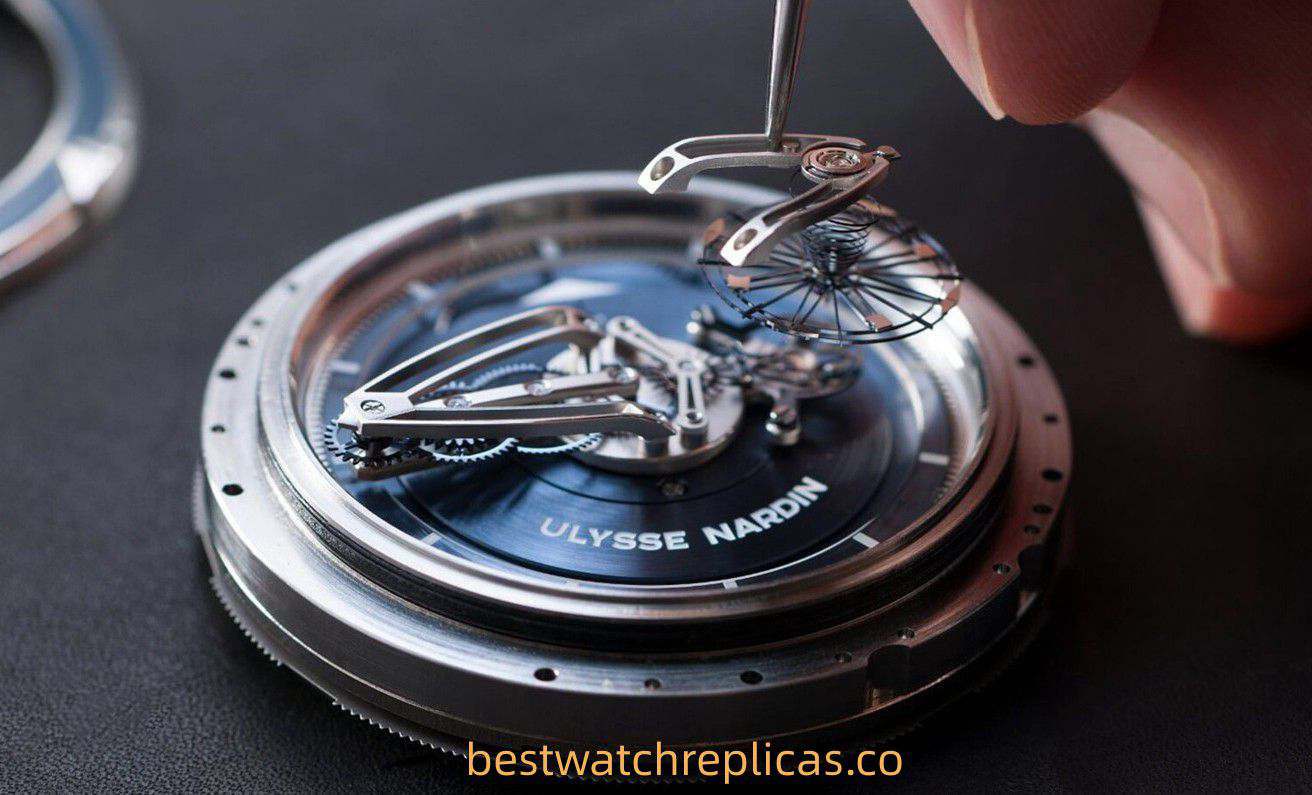
The travel time error can range from a relatively invisible average of 15-20 seconds per day to an average of tens of minutes. If the situation worsens, it may lock the mainspring and stop the watch completely. This could be better.
Of course, there are other problems. Magnetization also affects the temperature compensation of the spring, so particularly hot or cold weather may impair the timekeeping function of the watch. As for more complex watches, the forms of problems are more diverse.

A simple watch degaussing tool
However, this is easier said than done. Magnets in speakers and motors are relatively large and easy to avoid, but tiny rare earth magnets are everywhere: cell phones, laptops, and refrigerator doors. Fortunately, fixing this problem is very easy. There is no need to disassemble the watch; buy a cheap degaussing device online, or, if you are still using an old CRT monitor, you can take advantage of its degaussing function and hold the watch close to the screen. Repair, solve, and avoid damage. That’s assuming you’re on time before you notice the time malfunction.
Either way, it’s frustrating when a problem occurs, especially when it takes days to notice the glitch. Even if fixing the problem is simple, wouldn’t it be better if it never happened in the first place? This is what watchmakers have been working towards for centuries.
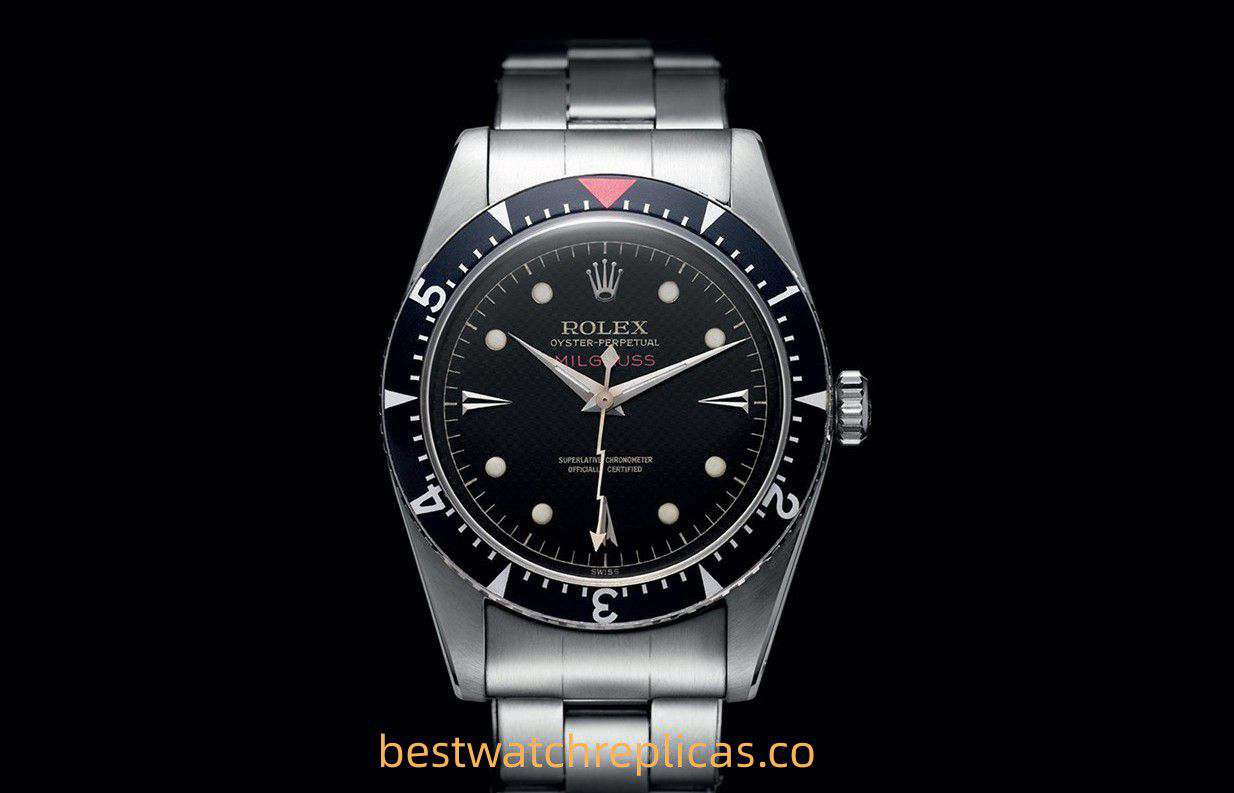
Rolex Milgauss 116400 watch
There are many ways to resist magnetism. The traditional one is the soft iron inner shell. As early as 1884, C. K. Giles of Chicago obtained a patent. The soft iron inner shell can protect more delicate components from magnetic field interference. This design is quite ingenious. However, there were few magnets in the surrounding environment, so this concept had little impact. Only with the advent of magnetized radar systems in World War II did antimagnetic watches become necessary for pilots. In 1948, the British Ministry of Defense commissioned Jaeger-LeCoultre and IWC to produce the legendary Mk 11 watch.

Large Hadron Collider
The most famous antimagnetic watch in existence is the Rolex Milgauss. In 1956, the watch was developed specifically for the European Particle Physics Laboratory (CERN) and had a built-in Faraday cage for protection. Decades later, Rolex still maintains cooperation with CERN. Fake Rolex watches.
Of course, the easiest way is to ensure that the precision parts of the watch are not magnetized. Vacheron Constantin experimented with this technology as early as 1846 by using a palladium hairspring, but it was not until 1915 that the first antimagnetic pocket watch was successfully produced.

Rolex Milgauss brochure cover from 1960
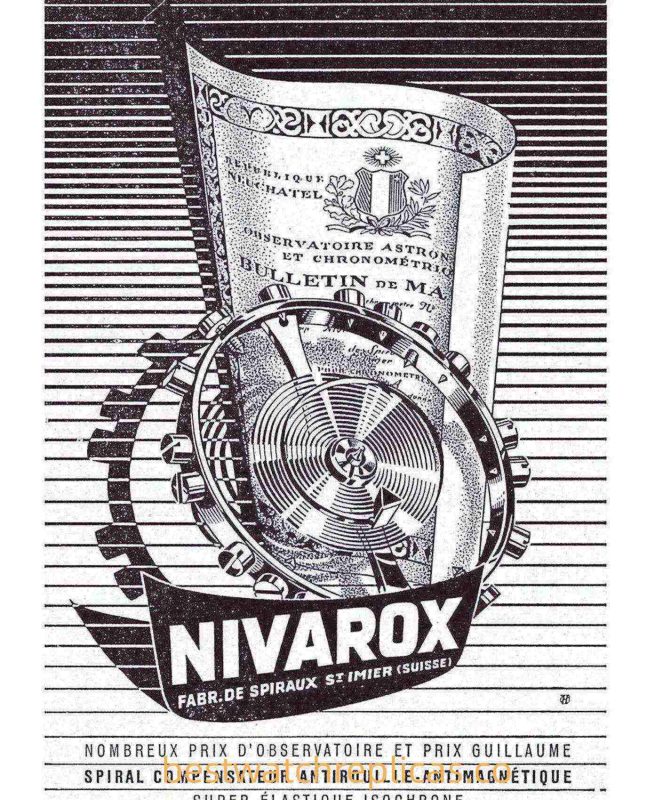
Nivarox ads from the 1950s
The advent of Nivarox hairspring is the most significant leap in antimagnetic technology in the watchmaking industry. This nickel-iron alloy is more durable than steel in all aspects. It quickly replaced the former and even became popular in affordable watches. Today, Nivarox has become one of the most essential hairspring materials, but it could be better and is still magnetized, unlike silicon.
Silicon has many precision advantages: it is more robust, requires no lubrication, is less easy to adjust, is lighter and more complex than steel, and is entirely antimagnetic. In 2001, Ulysse Nardin launched the phenomenal Freak watch, the first watch in the world to use a silicon hairspring.
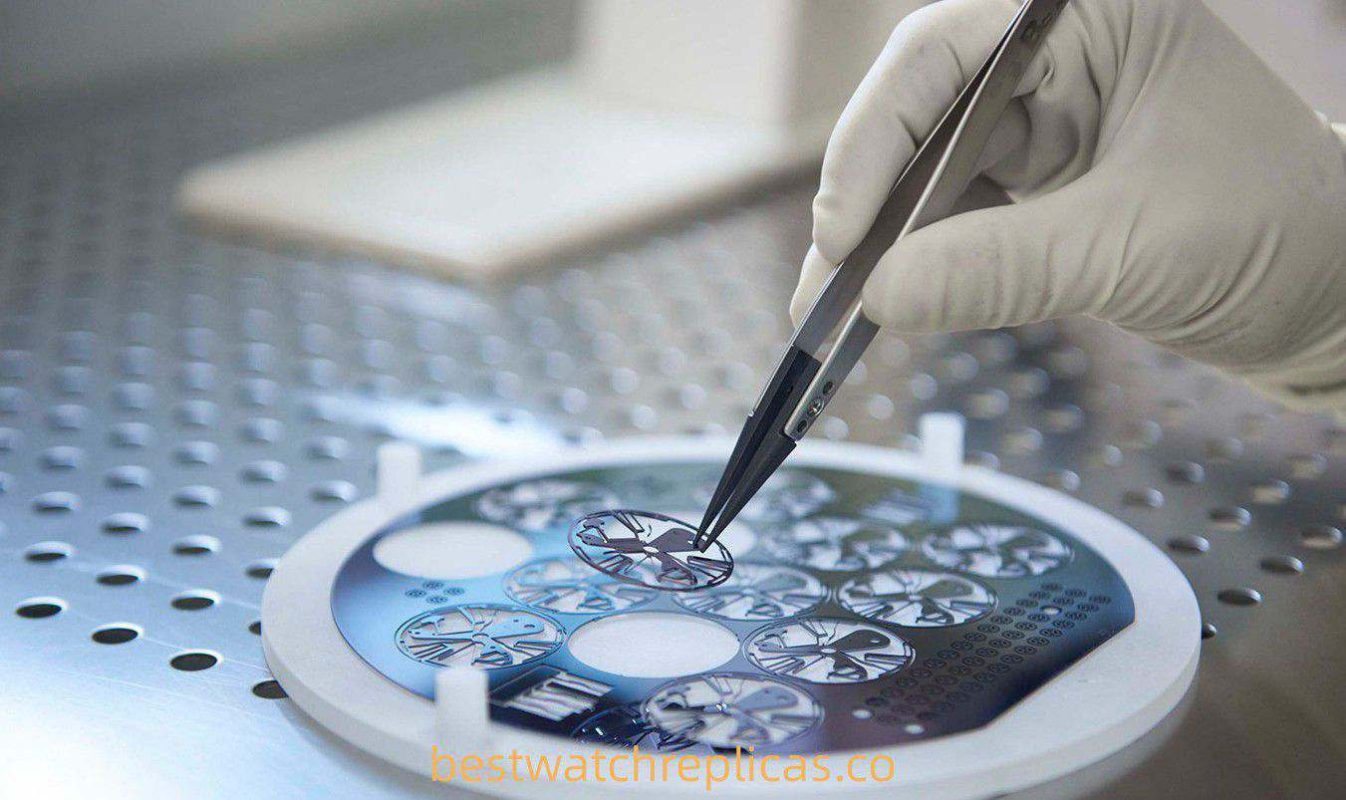
This is a perfect choice. Omega and other brands in the Swatch Group have embraced this material, and Rolex is no exception, albeit only superficially. Compared with Nivarox, silicon is expensive, so not all Sellita or Miyota movements are equipped with silicon hairsprings.
Materials and performance are improving with each passing day. The Rolex Milgauss watch can withstand a magnetic field of 1,000 Gauss, while the Omega Seamaster Aqua Terra can withstand a magnetic field of 15,000 Gauss. It would lead one to think that this level of protection is necessary for everyday wear, but this is not the case. 5 Gauss is considered a safe level. Unless the watch is placed in an MRI machine, all needed is to meet the ISO 764 standard and withstand a magnetic field of 60 Gauss.
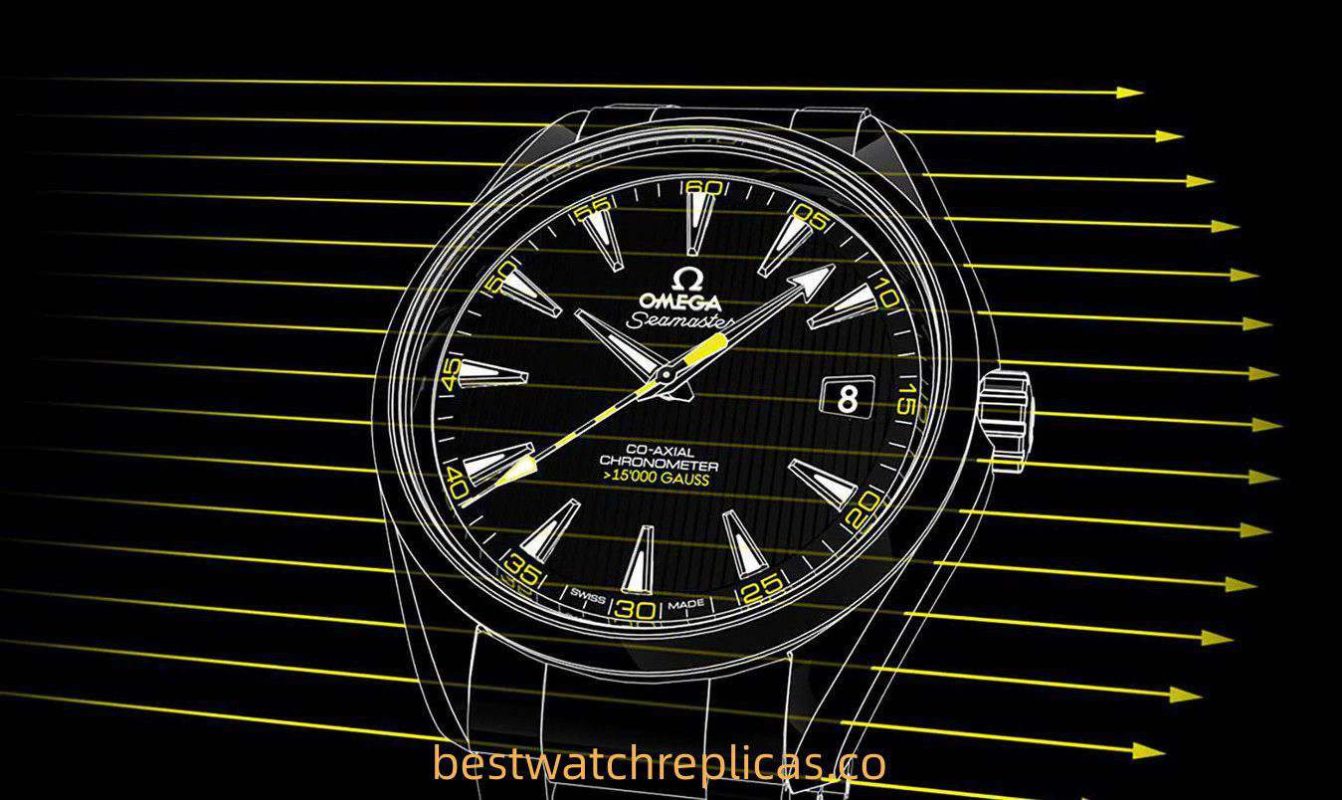
Still, for some collectors, the more features and capabilities the merrier. Ready for a shallow swim? Then, it is best to buy the Ultra Deep watch or the Deepsea Challenge watch. Overhyping resistance is nothing new, even if it is fundamentally pointless.
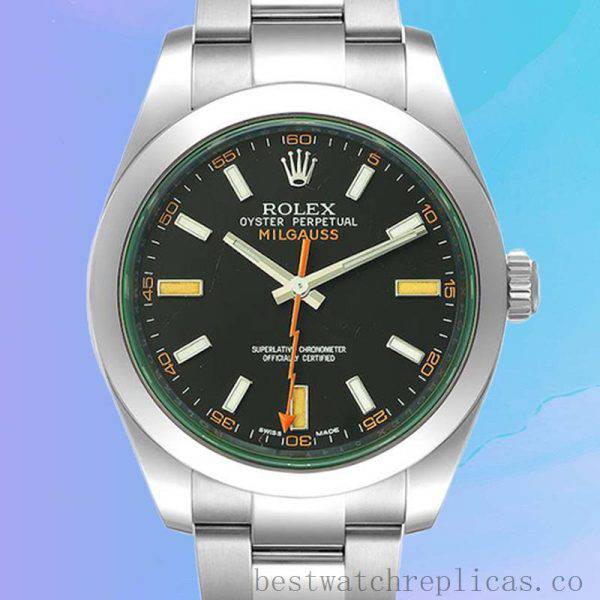
Model: m116400gv-0001
Series: Milgauss
Case Size: 40mm
Gender: Men’s
Dial Color: Black Dial
Brand: Rolex
Case Thickness: 12mm

